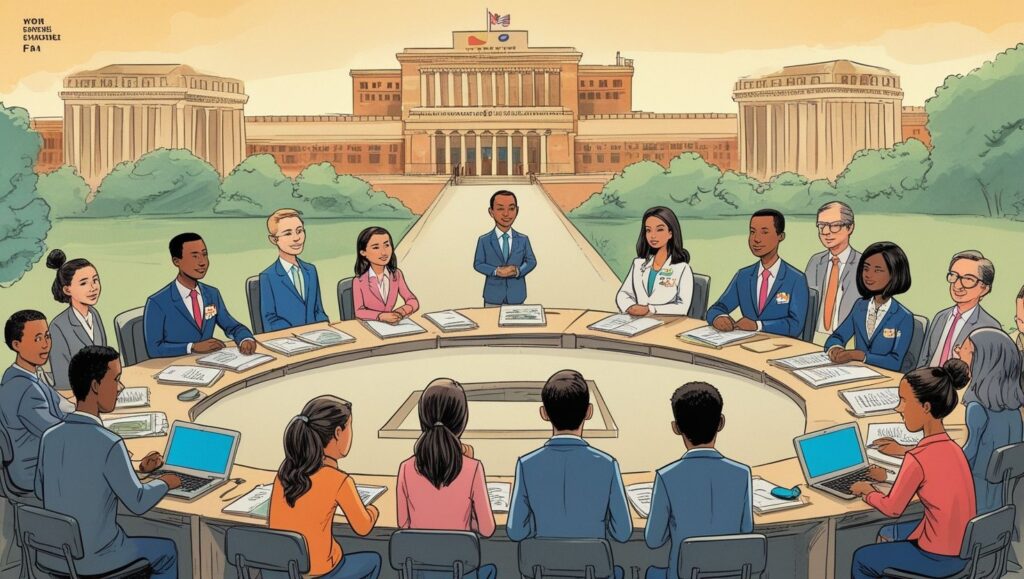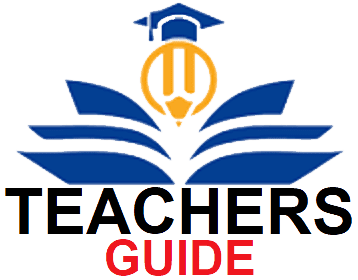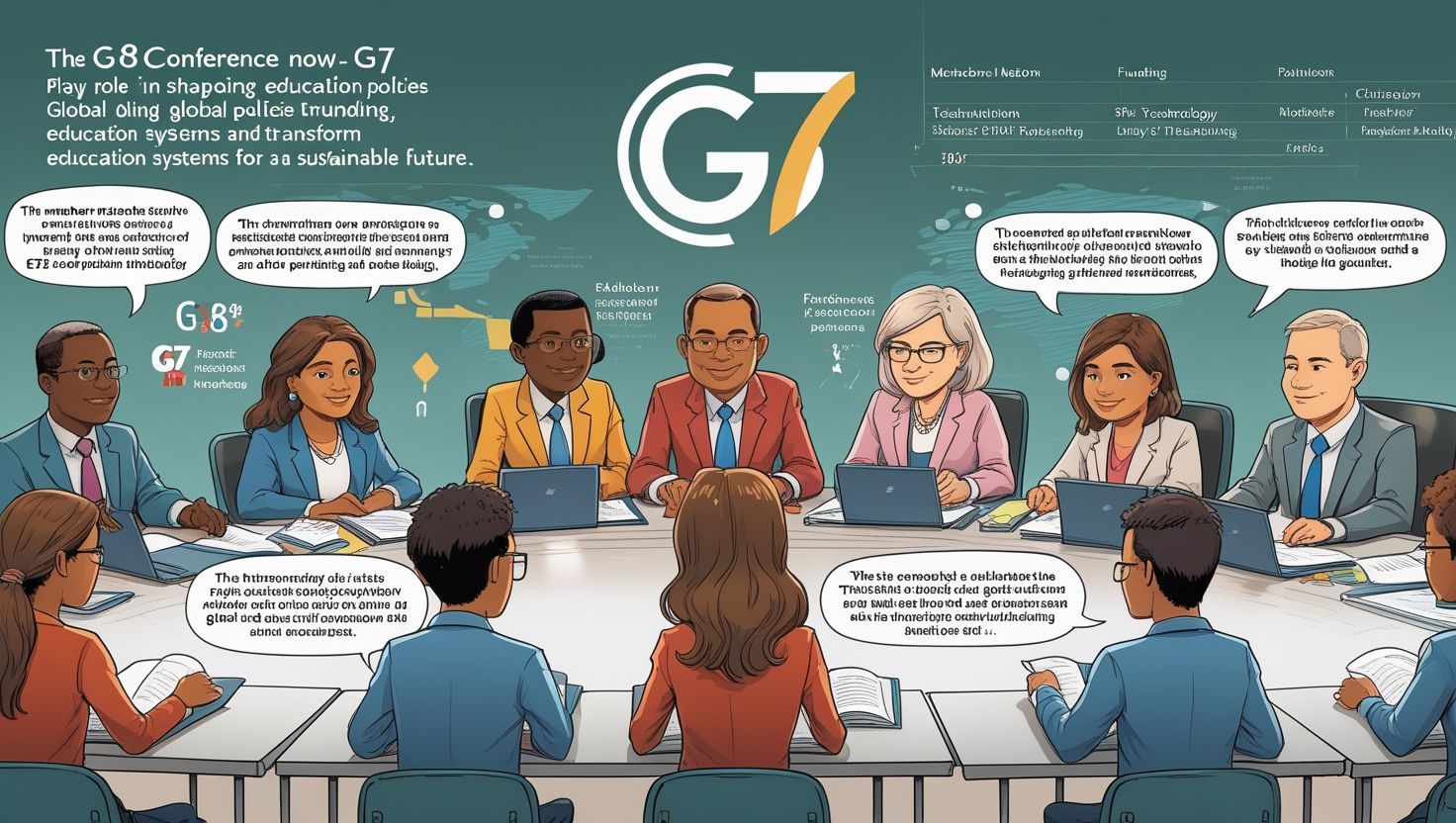1. Introduction to the G8 Conference
The G8 Conference and Its Impact on Education, The Group of Eight (G8) is an inter-governmental political forum composed of the world’s leading industrialized nations: Canada, France, Germany, Italy, Japan, Russia (suspended since 2014), the United Kingdom, and the United States. Initially formed in the 1970s, the G8 serves as a platform where leaders of these countries gather annually to discuss pressing global issues—ranging from economic policy and international security to climate change and education. While its influence has somewhat waned with the emergence of the G20, the G8 still holds relevance in policy discussions, particularly in areas that demand unified action among wealthy nations.
Education, though not always the central agenda, has repeatedly been brought into the spotlight due to its connection with development, innovation, and economic growth. Educational initiatives and funding commitments arising from the G8 summits have often aimed at supporting global education goals, especially in developing countries. As a collaborative body, the G8 has both direct and indirect impacts on educational reform and support globally. This article delves into how the G8 shapes education policy, encourages funding, and influences educational standards, particularly in less-developed regions.
2. Evolution of Education in the G8 Agenda
Although the G8 was primarily created to address economic and security issues, the role of education gradually found space in its agenda over the years. Initially, the focus remained heavily tilted toward financial aid, trade policies, and political alignment. However, by the late 1990s and early 2000s, education emerged as a pivotal issue linked to economic development, peacebuilding, and global equity. The Education for All (EFA) initiative, supported by UNESCO and other global partners, became one of the key frameworks referenced in G8 discussions.
The 2000 Okinawa Summit in Japan marked a significant turning point where the G8 collectively acknowledged the global education crisis, especially in Africa and South Asia. Follow-up summits further reinforced commitments to fund educational programs, reduce gender disparities in education, and support post-conflict educational rebuilding. The increased engagement also included partnerships with global institutions such as the World Bank and the Global Partnership for Education (GPE). Through joint communiqués and action plans, G8 nations increasingly recognized that sustainable global development could not achieved without investments in education, thus integrating it into broader development strategies.
3. Financial Commitments and Support to Global Education
One of the major contributions of the G8 to global education has been in terms of financial assistance. The G8 countries, possessing a significant share of the world’s wealth, pledged billions of dollars over various summits to support primary education, teacher training, and school infrastructure, particularly in underprivileged regions. At the 2005 Gleneagles Summit, the G8 leaders pledged increased funding for Africa’s development, including the provision of universal primary education. This commitment was aligned with the Millennium Development Goals (MDGs) and later the Sustainable Development Goals (SDGs), especially Goal 4—ensuring inclusive and equitable quality education for all.
Contributions were channeled through international organizations like UNESCO, UNICEF, and GPE. However, there has often been a gap between pledges and actual disbursement, causing criticism from NGOs and educational advocacy groups. Nonetheless, the G8’s financial interventions have contributed to building thousands of schools, enrolling millions of children, and facilitating teacher salaries in low-income countries. Though not without challenges, these efforts highlight the G8’s role as a financial catalyst in the global education ecosystem, ensuring that funding for education is not entirely left to national governments of impoverished nations.

4. Promoting Gender Equality in Education
Gender equality in education has remained a recurring theme in G8 summits, particularly as global awareness grew regarding disparities between boys’ and girls’ access to schooling. Girls in developing countries, especially in rural or conflict-affected regions, face disproportionate barriers to education—ranging from cultural norms and poverty to early marriage and lack of female teachers. The G8 addressed this challenge by integrating gender equality into its educational policies and aid strategies. For instance, the 2013 Lough Erne Summit reaffirmed the need for removing gender barriers in education and supported initiatives to ensure girls’ enrollment and retention in school.
Many G8 countries also launched individual bilateral programs focusing on girls’ education—such as the UK’s “Girls’ Education Challenge” or Canada’s Feminist International Assistance Policy. Furthermore, G8-funded scholarships, menstrual hygiene programs, and safe transportation systems have facilitated access for millions of girls. These targeted efforts reflect an understanding that investing in girls’ education leads to broader societal gains—reduced child mortality, improved family health, and stronger economies. By championing gender equality in education, the G8 contributes to closing a critical development gap and creating more equitable societies.
5. Role in Conflict and Post-Conflict Education
Armed conflicts, natural disasters, and political instability often leave educational systems in shambles. Recognizing this, the G8 has played an important role in rebuilding educational structures in post-conflict nations. Countries like Afghanistan, South Sudan, Iraq, and Haiti have been recipients of such aid. G8 interventions in conflict zones have included the construction and rehabilitation of schools, psychological support programs for students, training for teachers, and provision of learning materials. For example, following the US-led invasion of Afghanistan, G8 countries contributed significantly to rebuilding its national education system.
Similar support was extended to war-torn Iraq and countries affected by the Arab Spring. Educational rehabilitation is not limited to infrastructure—it also encompasses reforming curricula to promote peace, tolerance, and democracy. The G8 has encouraged partnerships with local governments and NGOs to ensure that education not only resumes but becomes a tool for conflict prevention and societal healing. While these efforts are complex and context-dependent, the G8’s contributions in this domain demonstrate its broader commitment to global peace through education, reinforcing the notion that education is a stabilizing force in societies recovering from conflict.
6. Digital Learning and Technological Integration
In the 21st century, digital transformation has revolutionized the education sector. Recognizing the potential of Information and Communication Technologies (ICTs), G8 nations have advocated for their inclusion in both domestic and international education systems. Through various summits and joint initiatives, G8 leaders have highlighted the need to reduce the global digital divide. Countries like the United States, Canada, and Japan have led the charge by funding digital learning projects, establishing computer labs, and expanding broadband access in schools, particularly in low-resource settings.
The COVID-19 pandemic further emphasized the need for remote learning solutions, prompting emergency funding and policy adaptations from G8 countries. Moreover, the G8 has promoted Open Educational Resources (OERs), digital literacy programs, and teacher training in digital pedagogy. These initiatives aim not just at improving access but also enhancing the quality of learning. However, challenges remain—including infrastructural constraints, data privacy, and equitable access. Still, the G8’s role in integrating technology into education is transformative, helping to prepare students globally for future job markets and knowledge economies.
7. Collaboration with Global Educational Bodies
The effectiveness of G8 educational initiatives often hinges on collaboration with international organizations and development agencies. Institutions such as UNESCO, the World Bank, UNICEF, and the Global Partnership for Education (GPE) have been key partners. The G8 has supported global initiatives like “Education for All” and “Leave No One Behind,” aligning with globally agreed-upon targets. For example, GPE, a multi-stakeholder partnership and funding platform, has received substantial contributions from G8 countries to implement national education plans in over 60 developing nations.
Such partnerships ensure that financial and strategic support from G8 countries is efficiently directed and that accountability measures are in place. Additionally, collaboration helps align donor priorities with recipient country needs, avoiding duplication and enhancing impact. Furthermore, these joint ventures foster knowledge-sharing, capacity-building, and policy dialogue across borders. They also create a feedback loop, where lessons from the field can inform future G8 discussions and aid strategies. In this way, collaboration enhances the effectiveness, transparency, and sustainability of educational investments made by G8 countries, creating long-term educational gains across the globe.

8. Criticism and Limitations of G8 Educational Policies
Despite notable successes, the G8 has not escaped criticism regarding its role in education. Civil society organizations and watchdogs argue that many of the commitments made by G8 nations either underfunded or delayed. The gap between promised and actual disbursed aid has sometimes eroded trust and limited the impact of G8-backed educational projects. Moreover, critics point out that aid sometimes directed by geopolitical or strategic interests rather than need-based assessments. There’s also concern that top-down approaches led by G8 countries may ignore local cultural contexts, resulting in educational models that are not sustainable or appropriate.
The G8’s heavy influence on global education priorities may also overshadow regional agendas or traditional knowledge systems. Additionally, there is limited representation from developing countries within the G8 itself, which can lead to skewed perspectives and policies. While G8 countries often consult with international organizations, the lack of inclusivity in decision-making has drawn criticism. To enhance credibility and impact, the G8 must embrace greater accountability, increase inclusiveness, and move beyond rhetoric to fully meet its global education promises.
9. Impact on Education Policy in Third-World Countries
The influence of G8 decisions often extends into national education policies of developing or third-world countries. Through aid conditions, partnerships, and technical guidance, the G8 has shaped curricular reforms, teacher training standards, and assessment mechanisms across several nations. In Sub-Saharan Africa, South Asia, and parts of Latin America, G8-led educational reforms have introduced universal primary education policies, inclusive education models, and public-private partnerships in the education sector. The emphasis on girls’ education, digital learning, and STEM subjects are direct outcomes of G8 influence.
For example, Kenya and Bangladesh have benefited from UK and Canadian education aid programs that shaped national literacy campaigns. However, such influence can be a double-edged sword. While it brings innovation and resources, it may also create dependency or force policy shifts that lack local ownership. Therefore, while the G8’s contributions are impactful, their success hinges on participatory policymaking and culturally-sensitive implementation. Overall, G8 countries continue to play a defining role in supporting and shaping educational development in the Global South, making education a central tool for global equality and sustainable growth.
10. Conclusion and Future Outlook
The G8 conference, through its summits, policies, and financial commitments, has significantly impacted global education. By recognizing education as a catalyst for economic development, gender equality, and peacebuilding, the G8 has brought education into the fold of high-level international policy dialogue. Its financial contributions, advocacy for gender equity, post-conflict education support, and promotion of digital learning have contributed to global progress in education. However, the journey is far from complete. Challenges such as funding gaps, geopolitical biases, and insufficient follow-through still hamper the full realization of G8 educational commitments.
Moving forward, the G8 must foster more inclusive and representative decision-making processes, ensuring the voices of developing countries heard and respected. Greater transparency and accountability in aid delivery are essential. Furthermore, the G8 should continue investing in innovative educational technologies, climate education, and workforce readiness for the 21st century. As global crises—from pandemics to climate change—continue to shape our world, education remains both a solution and a safeguard. The G8’s continued and enhanced commitment to education will be critical in building resilient, inclusive, and knowledge-driven global societies.


Bomonti su kaçak tespiti Üsküdar’daki evimde yaşadığım su kaçağı sorununu kısa sürede çözdüler. Teşekkür ederim! https://www.sonaydoo.com/read-blog/1722
Pretty section of content. I just stumbled upon your website and in accession capital to assert that I acquire in fact enjoyed account your blog posts. Anyway I’ll be subscribing to your feeds and even I achievement you access consistently fast.
mukw1y
It is truly a nice and useful piece of information. I am satisfied that you shared this useful information with us. Please keep us up to date like this. Thank you for sharing.
Hmm it appears like your blog ate my first comment (it was super long) so I guess I’ll just sum it up what I wrote and say, I’m thoroughly enjoying your blog. I too am an aspiring blog blogger but I’m still new to the whole thing. Do you have any points for inexperienced blog writers? I’d really appreciate it.
You are a very clever individual!
You should take part in a contest for one of the best blogs on the web. I will recommend this site!
Some truly nice and useful info on this internet site, also I think the pattern has wonderful features.
Simply wizh to say your article is as astounding. The
clarity for yoour publish is jst spectacular and i ccan suppose you’re a professional
in this subject. Fine along with your permission let me to clutch
your feed tto keep updated with coming near near post.
Thanks 1,000,000 and please carry on the enjoyable work. https://w4i9o.mssg.me/
I really prize your piece of work, Great post.